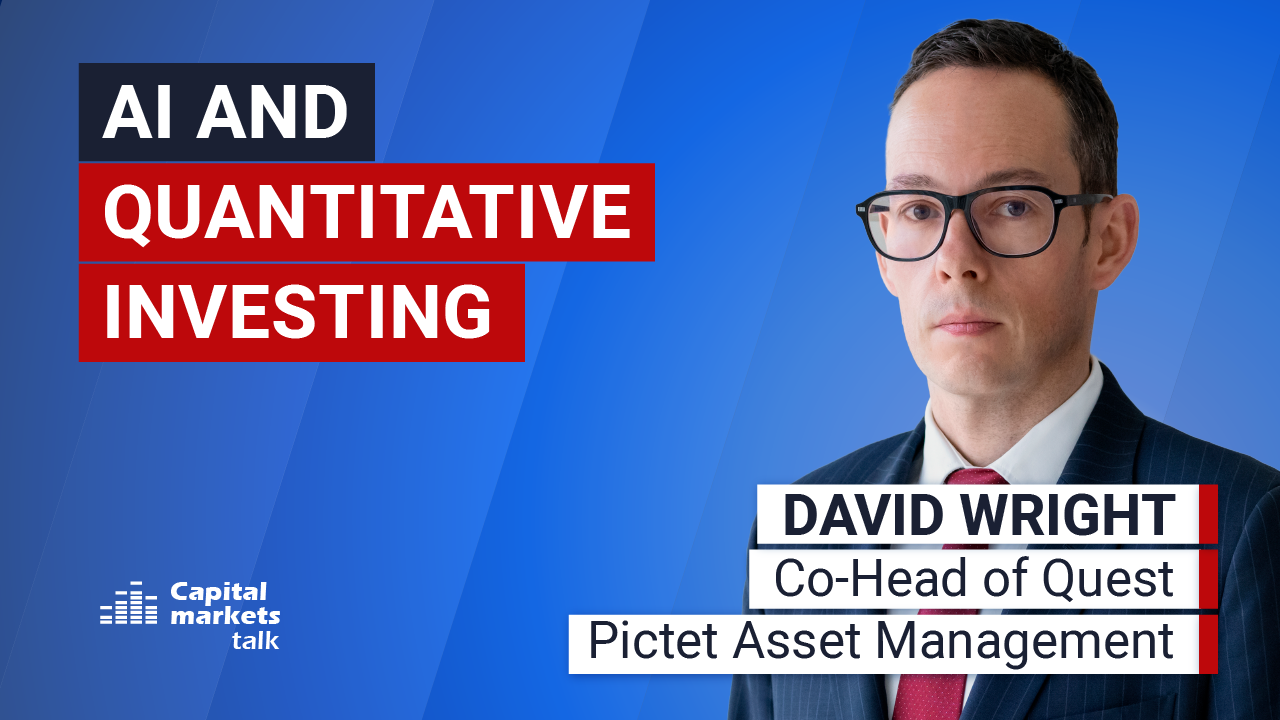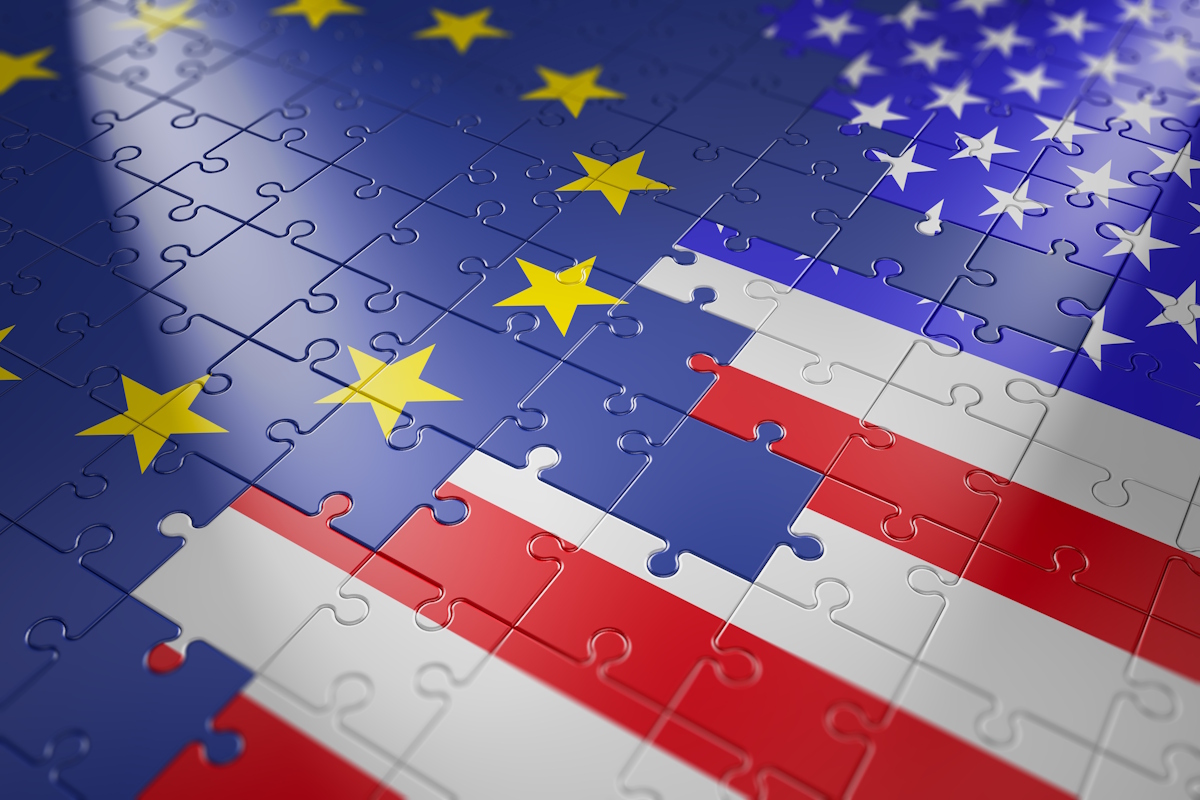Transatlantic relations are in transition, with the USA having set in motion a new dynamic in which Europe must take on a far greater share of its own defence and reconstruction costs. Union Bancaire Privée (UBP) highlights an emerging secular rise in European defence spending, initially triggered by President Trump’s pressure in 2017 and further intensified by Russia’s invasion of Ukraine in 2022.
European defence budgets are projected to climb to 2.5–3% of GDP per year, translating into EUR 500–700 billion in spending over the next decade. This anticipated fiscal expansion marks a historic shift, already affecting bond markets—German 10-year yields have seen their sharpest widening since reunification, with the prospect of reaching 3.5%, according to UBP.
“We believe that developments in early 2025 are a watershed moment for Europe,” says UBP’s Group Chief Strategist Norman Villamin. “Although Europe has been the best-performing developed equity market this year, there are still opportunities to strategically reposition portfolios for an era of stronger economic growth within Europe, both through a longterm strengthening in the euro and a rally in European banks, which are still underpricing the change that probably lies ahead for continental economies.”
Download the full insight here.
Read more

Columbia Threadneedle Investments
What’s next for the US in 2025?
US equities remain attractive despite high valuations, but rising government debt could pose a threat to bond markets.

Quant Investing
AI and quantitative investing
Artificial intelligence applications go way beyond stock selection.

Schroders
Looking ahead: 30-year return forecasts
Higher returns are expected across asset classes, driven by stronger productivity growth for equities and elevated long-term central bank rate projections for bonds.

Bellevue Asset Management
Demographics and AI drive MedTech stocks
MedTech investment case: What makes it attractive, which trends stand out?





















